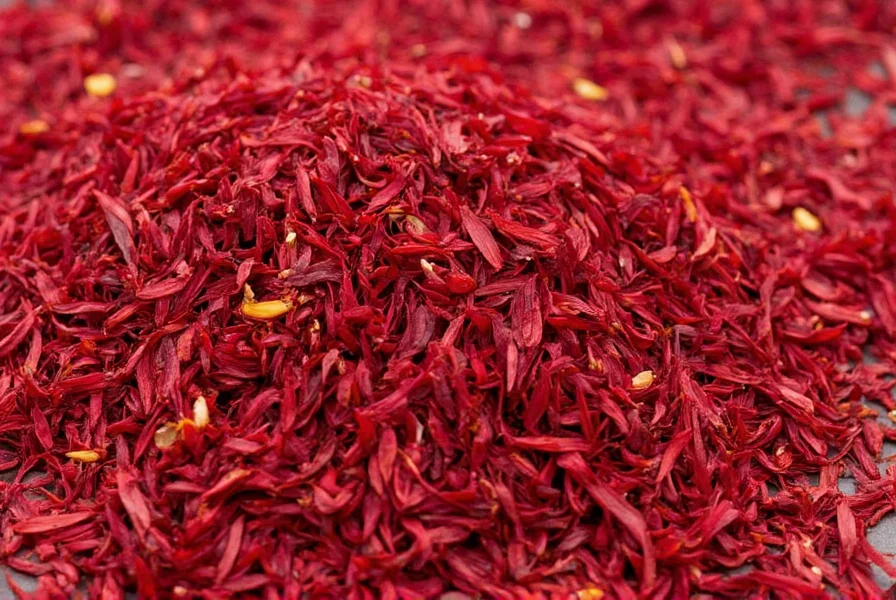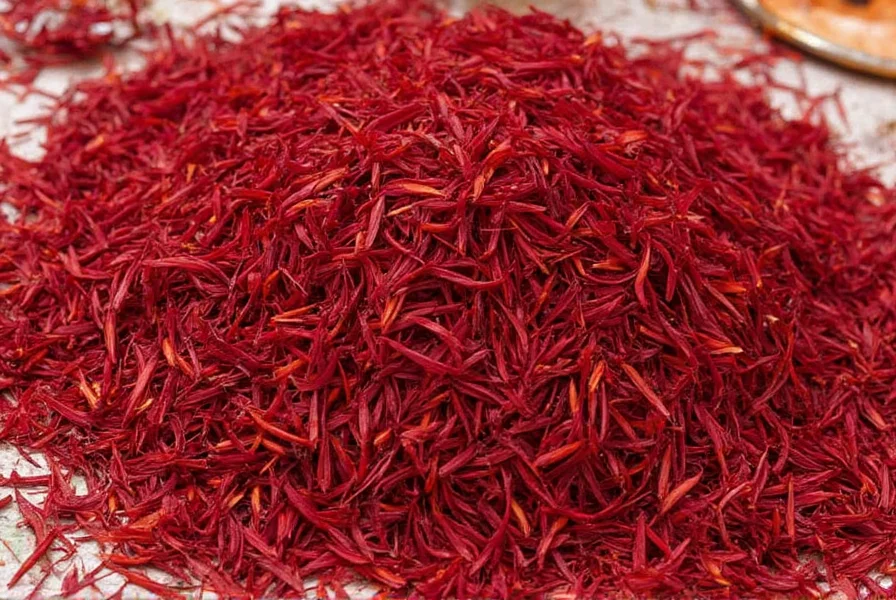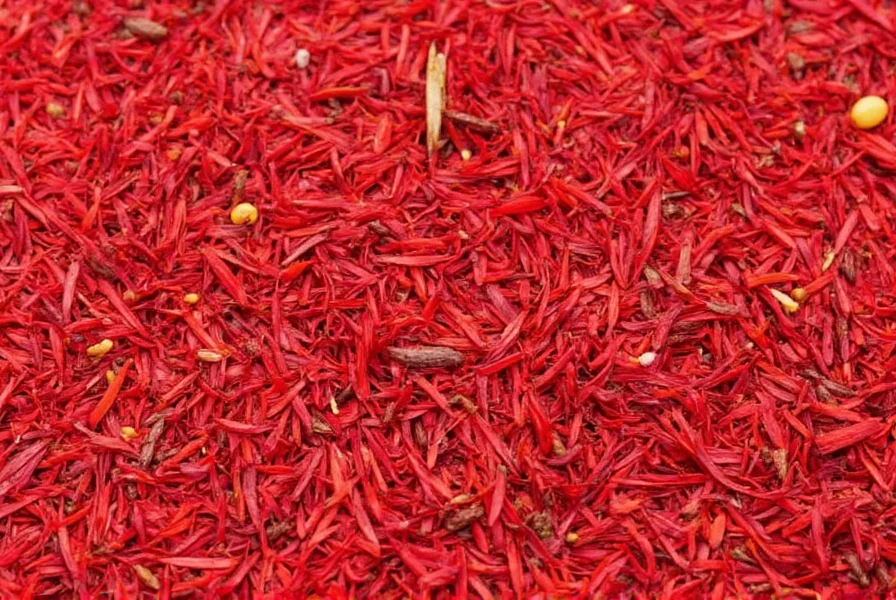As of 2024, genuine saffron prices typically range from $1,500 to $10,000 per pound, with most high-quality retail saffron selling between $2,000 and $4,000 per pound. The price varies significantly based on quality grade, origin, and market conditions, making saffron the world's most expensive spice by weight.
Understanding saffron pricing requires examining why this crimson spice commands such extraordinary value. Unlike most spices measured in ounces, saffron's cost is discussed per pound due to its exceptional value density. This comprehensive guide explores the complex factors behind saffron's premium pricing, helping consumers make informed purchasing decisions while avoiding common marketplace pitfalls.
Why Saffron Costs More Than Gold by Weight
Saffron's extraordinary price stems from its incredibly labor-intensive harvesting process. Each crocus flower produces only three delicate stigmas, which must be hand-picked at dawn when the blooms first open. It takes approximately 75,000 to 250,000 flowers to yield just one pound of dried saffron threads. This meticulous hand-harvesting, combined with the narrow growing regions and seasonal limitations, creates a naturally constrained supply that cannot easily meet global demand.
Unlike automated agricultural processes for common spices, saffron production remains largely unchanged for centuries. The human labor required represents 60-70% of saffron's final cost, explaining why mechanization has made minimal impact on pricing despite technological advances in other agricultural sectors.
Key Factors Influencing Saffron Price Per Pound
Several critical elements determine saffron's market value, creating significant price variations even within the same harvest:
- Quality Grade: Saffron is graded using ISO 3632 standards measuring crocin (color), picrocrocin (taste), and safranal (aroma) content
- Geographical Origin: Iranian, Spanish, and Kashmiri saffron command different premiums based on terroir and processing methods
- Harvest Year: Freshness significantly impacts potency and value, with current season saffron priced 20-30% higher
- Market Demand: Culinary, pharmaceutical, and cosmetic industries compete for limited supply
- Processing Method: Hand-processed threads maintain higher value than powdered alternatives
| Saffron Grade | Price Per Pound | Key Characteristics | Recommended Use |
|---|---|---|---|
| Super Negin (Grade I) | $5,000-$10,000 | Long, deep red threads; highest crocin content | Gourmet cooking, premium products |
| Sargol (Grade II) | $3,000-$5,000 | Red stigma tips only; excellent color strength | Professional kitchens, quality-conscious consumers |
| Poushal (Grade III) | $2,000-$3,500 | Mixed thread lengths; some yellow styles | Home cooking, moderate use applications |
| Bunch (Grade IV) | $1,500-$2,500 | Whole threads with significant yellow style | Industrial applications, lower-cost products |
Current Market Analysis: Saffron Price Trends
Recent market analysis shows saffron prices have increased approximately 15% annually over the past five years. This upward trajectory results from growing global demand, particularly from emerging markets in Asia and North America, coupled with climate challenges affecting traditional growing regions in Iran, Spain, and India.
When comparing saffron price per pound versus per ounce, consumers often miscalculate value. At $3,000 per pound, saffron costs approximately $187.50 per ounce—significantly more expensive than many precious metals by weight. However, because saffron is used in minute quantities (typically 0.05-0.1 grams per serving), a single ounce can yield 300-600 servings, making the per-serving cost reasonable for most culinary applications.

How to Evaluate Saffron Value Beyond Price
Determining whether saffron price per pound represents fair value requires examining several quality indicators beyond cost alone. Authentic saffron should exhibit:
- Deep crimson-red color with minimal yellow styles
- Distinctive honey-like aroma with subtle hay notes
- Thread-like structure that doesn't disintegrate in water
- Gradual color release in warm liquid (not instant)
- ISO 3632 certification documentation from reputable labs
Beware of suspiciously low prices—saffron below $1,200 per pound typically indicates adulteration with safflower, marigold, or other substitutes. The most common fraud involves powdered saffron mixed with cheaper coloring agents, which can cost as little as $200 per pound to produce while being sold as premium saffron.
Practical Buying Guidance for Consumers
When purchasing saffron by the pound, consider these evidence-based recommendations:
First, verify the supplier's credentials through independent testing services like the International Saffron Organization or local agricultural departments. Reputable sellers provide batch-specific lab reports showing crocin, picrocrocin, and safranal levels. Second, understand that wholesale saffron pricing follows a non-linear scale—buying 5 pounds typically costs less per pound than purchasing 1 pound, but the savings diminish beyond 10-pound quantities.
For most commercial kitchens and serious home chefs, purchasing 4-8 ounces of premium saffron (rather than full pounds) represents the optimal balance of freshness, cost efficiency, and practical usage. Properly stored in airtight containers away from light, saffron maintains peak quality for 18-24 months, making bulk purchases worthwhile when proper storage conditions exist.

Historical Context of Saffron Pricing
Saffron's premium pricing isn't a modern phenomenon. Historical records show that during the Middle Ages, saffron cost more than twice its weight in gold. The spice's value has remained remarkably stable when adjusted for inflation, with modern prices representing similar purchasing power relative to other goods as in previous centuries.
This historical consistency underscores saffron's unique position in global commerce. Unlike commodities subject to dramatic price fluctuations, saffron maintains relative stability due to its specialized production requirements and consistent demand across culinary, medicinal, and ceremonial applications worldwide.
Frequently Asked Questions
Why does saffron price per pound vary so dramatically between sellers?
Saffron price variations stem from quality differences measured by ISO 3632 standards. Premium Grade I saffron (Super Negin) contains higher concentrations of crocin, picrocrocin, and safranal—the compounds responsible for color, taste, and aroma. Lower grades contain more yellow styles (stamens) which add weight but contribute little to quality. Adulterated products further distort the market, with some sellers mixing saffron with cheaper substitutes like safflower or turmeric.
Is buying saffron by the pound cost-effective for home use?
For most home kitchens, purchasing saffron by the pound isn't practical due to the spice's limited shelf life. A single pound contains approximately 450,000 threads—enough for 30,000-60,000 servings. Most households would take decades to use this quantity before quality degradation occurs. Instead, buying 1-2 ounce quantities of premium saffron offers better value, ensuring freshness while still providing significant savings over small retail packages.
How can I verify if saffron price per pound represents genuine value?
To verify saffron value, check for ISO 3632 certification documentation showing crocin (coloring strength) levels above 190, picrocrocin (bitterness) above 100, and safranal (aroma) above 20. Perform the water test: authentic saffron releases color gradually over 15-20 minutes in warm water, while fake saffron bleeds color immediately. Also, examine threads under magnification—they should be trumpet-shaped at one end with no visible powder residue.
Does organic certification significantly increase saffron price per pound?
Organic certification typically adds 15-25% to saffron's base price per pound. However, much traditional saffron cultivation is naturally organic due to the crocus flower's resistance to pests, reducing the need for chemical interventions. In regions like Iran and Kashmir, where most saffron is grown, conventional farming methods often align with organic practices. Therefore, the organic premium may not always represent additional value beyond marketing.
How do global events affect current saffron market price?
Saffron prices respond to geopolitical factors, particularly affecting Iran which produces 90% of the world's supply. Sanctions, currency fluctuations, and export restrictions can cause 20-30% price variations within months. Climate conditions also play a critical role—drought in Khorasan province (Iran's primary saffron region) reduced 2023 yields by 35%, triggering a 25% price increase. Unlike commodities traded on futures markets, saffron lacks hedging mechanisms, making prices more volatile to immediate supply changes.











 浙公网安备
33010002000092号
浙公网安备
33010002000092号 浙B2-20120091-4
浙B2-20120091-4